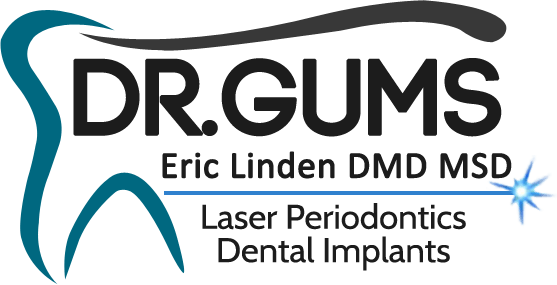CHICAGO – April 11, 2006 – The patient of a periodontist in private practice in New Orleans, LA, developed osteonecrosis of the jaw (ONJ), a condition that can cause severe, often irreversible and debilitating damage to the jaw, following periodontal surgical therapy. Two years prior to surgery, the patient had started receiving IV bisphosphonate therapy, or bone-sparing drugs commonly used in the treatment of osteoporosis and metastatic bone cancer to help decrease associated pain and fractures, following treatment for breast carcinoma. When the patient presented to the periodontist, no reports of ONJ had been reported in the literature. This case report is published in the April issue of the Journal of Periodontology (JOP). Study Abstract *
“It is counter-intuitive to believe that bone-sparing drugs such as IV bisphosphonates can have the opposite affect and actually necrotize the jaw bone,” said Kristi M. Soileau, DDS, case report author and member of the American Academy of Periodontology (AAP). “While we’re not sure exactly why this happens, one possibility is that the drug compromises the vascular supply, which contributes to non-healing or the development of a diseased wound once the bone is exposed such as with extractions or with oral surgery.”
“It is important that our colleagues in dentistry and medicine are aware of this potential complication in this large and growing population of patients for whom IV bisphosphonates are being prescribed,” explained Kenneth A. Krebs, DMD and AAP president.
“A complete dental examination, including a periodontal evaluation, should be performed before a patient begins IV bisphosphonate therapy to identify and address any oral conditions, as recommended with preradiation patients,” added Soileau.
The case report did not include information related to patients taking oral bisphosphonates, which are more relevant to osteoporotic concerns.
A referral to a periodontist in your area and free brochure samples including one titled Periodontal Diseases: What You Need to Know are available by calling 800-FLOSS-EM or visiting the AAP’s Web site at www.perio.org.
About the AAP
The American Academy of Periodontology (AAP) is the professional organization for

